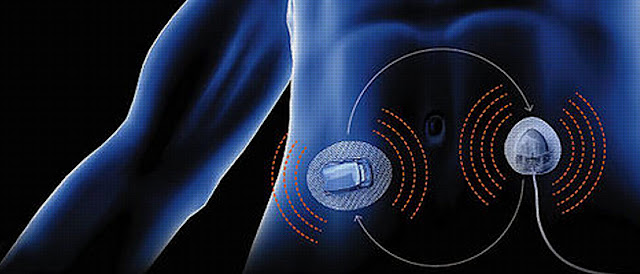From Diagnosis To Treatment: The Role Of Interventional Radiology In Modern Healthcare
 |
| Interventional Radiology |
Modern medicine continues to advance at an incredible pace, with innovative techniques and technologies revolutionizing the way we diagnose and treat various medical conditions. One such field that has made significant strides in recent years is interventional radiology. This specialized branch of medicine combines imaging technology with minimally invasive procedures to provide precise diagnoses and effective treatments. Let's explore the role of this radiology in modern healthcare and how it is reshaping patient care.
According to Coherent Market Insights the worldwide Interventional
Radiology Market was valued at US$
22,849.9 Mn in 2021 and is projected to attain a worth of US$ 35,547.3 Mn by 2028, exhibiting a
compound annual growth rate (CAGR) of
6.5% during the period from 2022 to 2028.
Interventional radiology plays a crucial role in the
continuum of patient care, starting from diagnosis and extending to treatment.
It utilizes various imaging modalities, such as X-rays, ultrasound, computed
tomography (CT), and magnetic resonance imaging (MRI), to visualize internal
structures and identify abnormalities within the body. These imaging techniques
provide detailed insights into the patient's condition, enabling interventional
radiologists to make accurate diagnoses.
Once a diagnosis is made, this radiologists employ minimally
invasive techniques to treat a wide range of medical conditions. Unlike
traditional surgery that requires large incisions and lengthy recovery periods,
this radiology procedures are performed using small incisions or even through a
tiny needle puncture. This minimally invasive approach reduces the risk of
complications, shortens hospital stays, and promotes quicker recovery times for
patients.
This radiology encompasses a broad spectrum of procedures
across various medical specialties. For example, in the field of cardiology,
interventional radiologists can perform angioplasty and stenting to open
blocked arteries and restore blood flow to the heart. In oncology, this
radiology techniques such as radiofrequency ablation and chemoembolization can
be utilized to target and treat tumours directly. In addition, this radiology
plays a vital role in managing conditions such as uterine fibroids, varicose
veins, and liver diseases, among others.
One of the key advantages of Interventional
Radiology is its ability to deliver targeted treatments precisely to
the affected area, minimizing damage to surrounding healthy tissues. This
precision is achieved by using real-time imaging guidance during the
procedures, allowing interventional radiologists to navigate and deliver
therapies with utmost accuracy. This targeted approach not only enhances
treatment outcomes but also reduces the potential side effects associated with
traditional therapies. Has emerged as a game-changer in modern healthcare,
bridging the gap between diagnosis and treatment with its minimally invasive
procedures and advanced imaging technologies.



Comments
Post a Comment